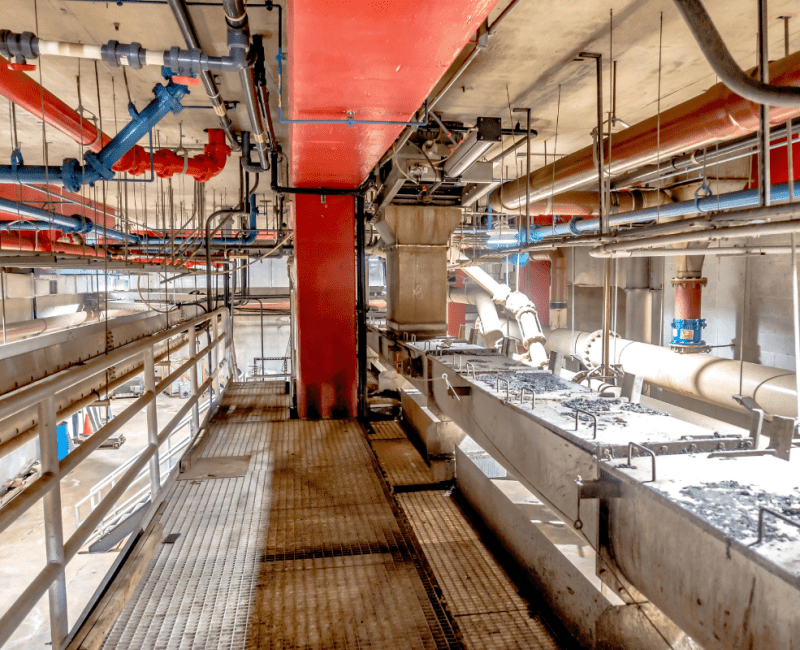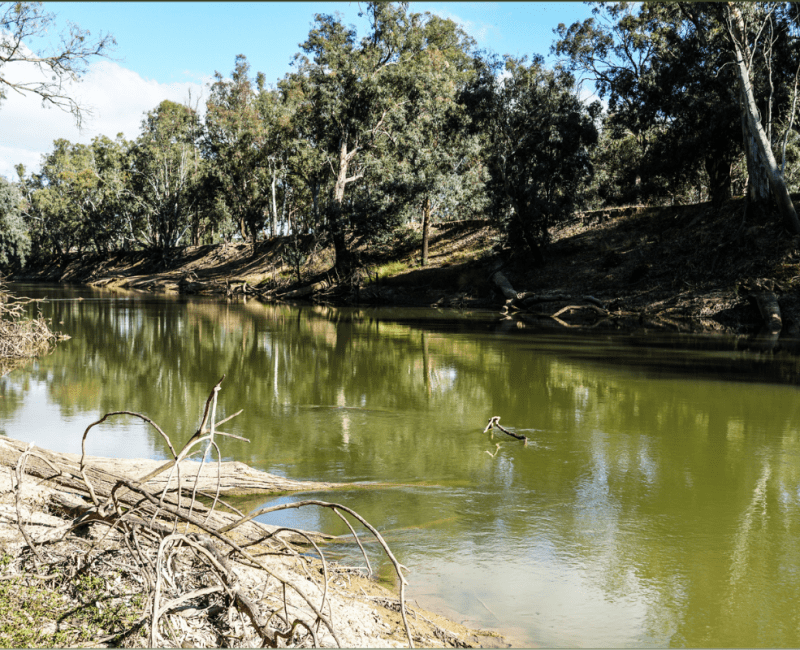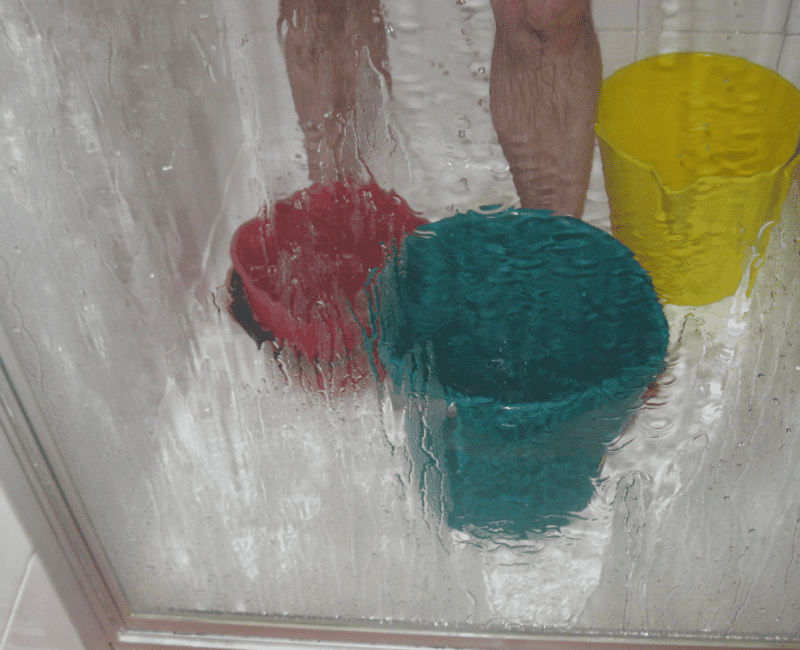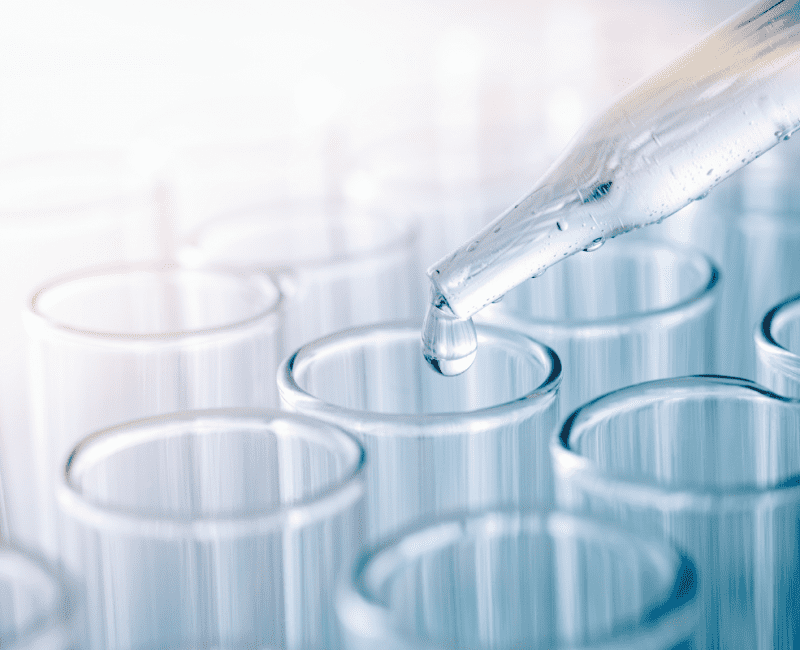
In Australia, around 1.4 million tonnes of biosolids were produced in 2021…

In Australia, around 1.4 million tonnes of biosolids were produced in 2021…

Unexpected taste and odour (T&O) in drinking water is an emerging issue for the Australian water industry as it undermines customers’ trust in drinking water suppliers…

The Australian water industry is currently focused on two VOCs, namely geosmin and MIB, which release an earthy-musty smell…

Source water protection underpins the safety and affordability of drinking water supplies where the prevention of water contamination provides greater surety than removal of contaminants…

Biochar production from pyrolysis/gasification and its use as increasing soil carbon has been discussed as one of the most suitable low emissions technologies..

The environmental conditions which cause blue-green algae (cyanobacteria) blooms vary according to location, the climate, and other attributes of aquatic ecosystems…

Recycled stormwater has a range of possible uses that have different levels and types of human exposure…

In 2006, strict restrictions on using tap water for gardening or car-washing were imposed in Melbourne but relaxed in 2010-2011 as rainfall replenished depleted reservoirs…

Water supply is usually continuous, and interruptions to supply are expensive and inconvenient…

Wastewater often contains endocrine disrupting compounds (EDCs) such as ethinyl estradiol (EE2) which is excreted by women who use some oral contraceptive pills…